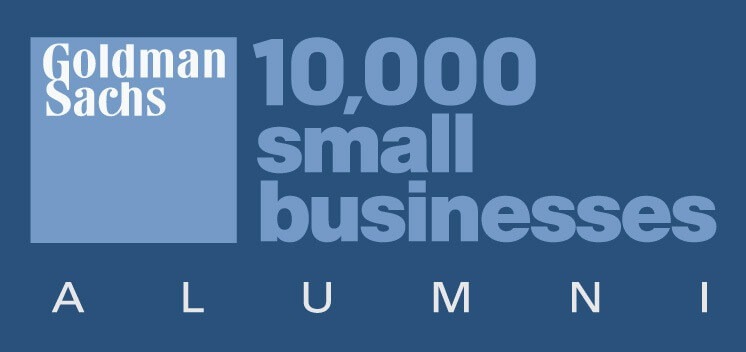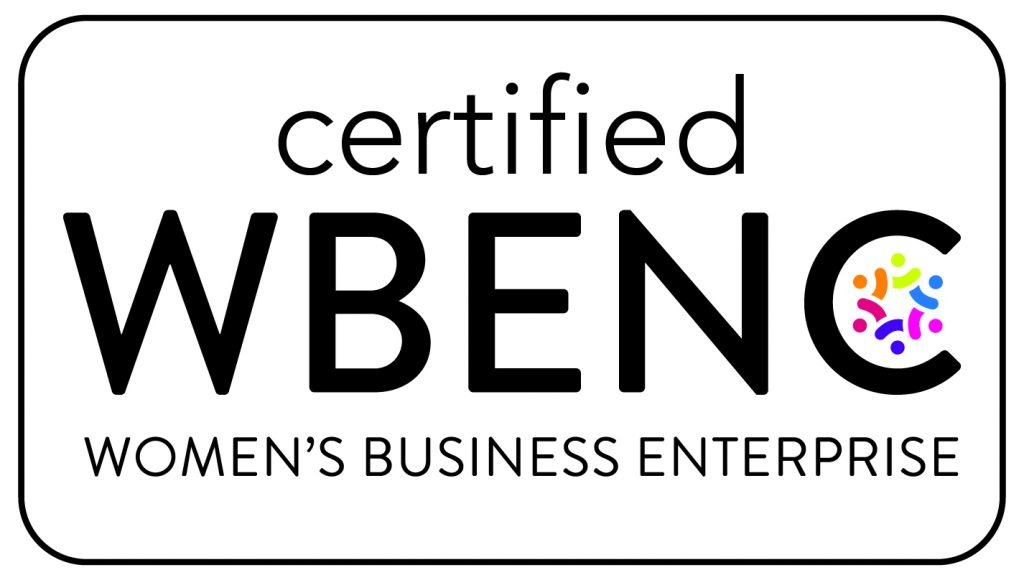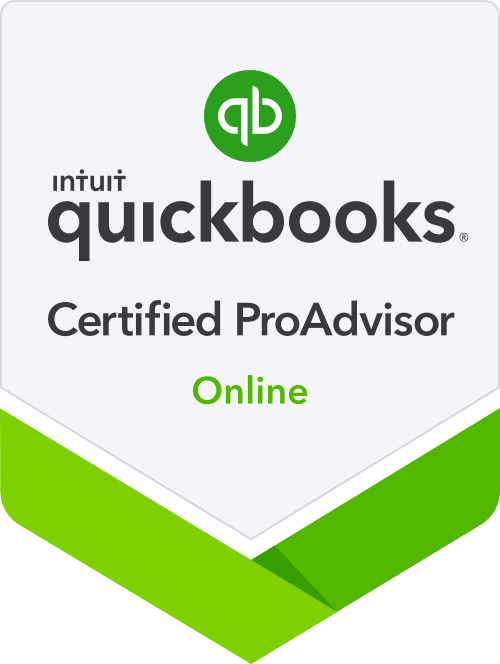
A cash flow review would benefit your business because you can keep track of the fluctuations, figure out how to time out your cash flow for consistency, and you’ll have more money to invest and play around with.
The cash flow review shows you how much is going in, how much is coming out, when those peaks and valleys occur and why.
Do you know if you’re making a profit? Are you breaking even? It can be difficult to run a business that isn’t producing a regular stream of revenue. While that is the nature of most service-based businesses, it’s important to collect and look at your spending data.
There may be certain times of the year where sales decrease. You might notice a dip in cash flow but realize that it matches up with the time you made a big investment. A cash flow review makes the patterns of your cash flow clearer so you can have peace of mind. (Discover how to take time off in your business with peace of mind here).
With the information from the cash flow review, an expert can help you time out your investments more wisely. You might even get some surprising advice if they recommend you put yourself in debt.
Some investments are such a sure thing that the temporary debt is worth it. An expert can show you both which investments are worth making and when. Timing out your investments according to your expected cash flow ensures that you make investments when you can afford it and not during a slow period. (If your money’s not adding up, look here).
If you can minimize the fluctuations in your cash flow, you can be less restrained with your spending! That means more money to play with and invest.
When you’ve got the right cash flow strategy, you have the freedom to put more into the growth of your business. You know you’re making the right decision to invest because you’ve created a plan that will keep that cash flow going. Make enough good investments and your business will be growing nonstop.
Your worries about cash flow will melt away once you work with a finance expert to conduct a cash flow review. You’ll have a better grasp of what your money is doing, if you’re making the right investments at the right time, and how to minimize the peaks and valleys to account for growth.
You can have consistent cash flow! Fill out the questionnaire to see if we’re a good fit to be your cash flow expert.

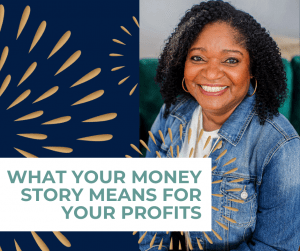 You might think you know your attitude towards money but is that attitude being reflected in your actions? When faced with growth opportunities for your business, the mindset that you developed as a kid is likely to kick in. Sometimes your reaction isn’t what you expect it to be.
You might think you know your attitude towards money but is that attitude being reflected in your actions? When faced with growth opportunities for your business, the mindset that you developed as a kid is likely to kick in. Sometimes your reaction isn’t what you expect it to be.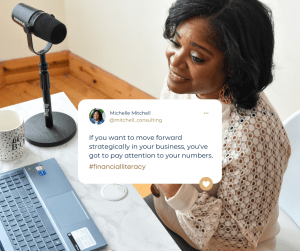 Here’s an inconvenient truth: Your financial role models are probably still affecting how you handle your finances today.
Here’s an inconvenient truth: Your financial role models are probably still affecting how you handle your finances today. 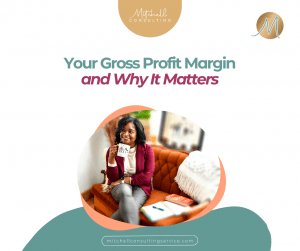 Want to make more profits? Not even sure if you are making a profit? Calculating your gross profit margin should be the first thing you do. Your gross profit margin is what’s left after you factor in what it costs to sell your services. The money that you take from that goes towards paying yourself and your employees.
Want to make more profits? Not even sure if you are making a profit? Calculating your gross profit margin should be the first thing you do. Your gross profit margin is what’s left after you factor in what it costs to sell your services. The money that you take from that goes towards paying yourself and your employees. 